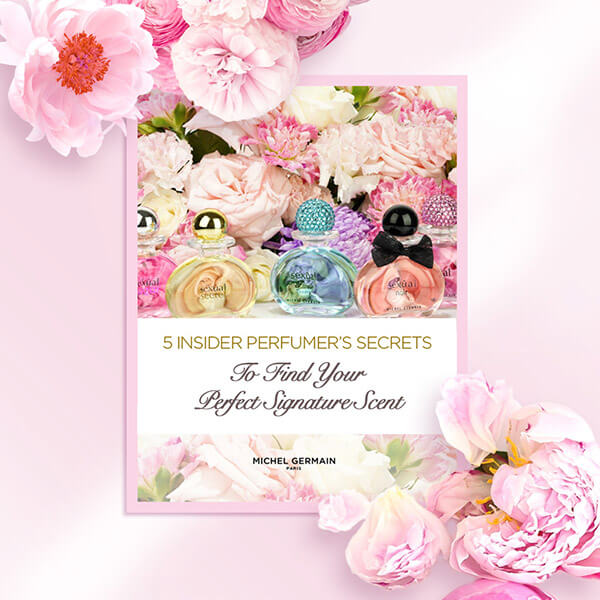The Difference Between Cologne and Perfume Explained
Fragrance has the power to evoke memories, stir emotions, and transform moments into lasting impressions. Yet, a common question arises: what distinguishes cologne from perfume? Understanding this difference is key to selecting a scent that resonates with your personal style.
Understanding Fragrance Concentration
The primary distinction between cologne and perfume lies in their concentration of aromatic compounds:
-
Perfume (Parfum): Contains the highest concentration, typically between 20-30%. This richness allows the scent to linger for hours, often lasting until the next day.
-
Cologne (Eau de Cologne): Offers a lighter experience with a concentration around 2-5%. It's ideal for a refreshing spritz that provides a subtle allure without overwhelming the senses.
For instance, Michel Germain's Sexual Noir Pour Homme Eau de Parfum exemplifies a rich, long-lasting perfume, while Sexual Paris Pour Homme Eau de Toilette offers a lighter, invigorating cologne experience.
A Tale of Tradition and Geography
The term "cologne" traces back to 18th-century Germany, specifically the city of Cologne, where Johann Maria Farina crafted a light, citrus-infused scent for daily use. Over time, this style became synonymous with men's fragrances, favoring fresh, zesty profiles.
In contrast, "perfume" has deeper historical roots, reaching back to ancient Egypt and the opulent courts of France. Perfumes often feature complex compositions with layers of florals, resins, woods, and spices, embodying indulgence and sophistication.
Men's Cologne: Beyond the Fresh and Familiar
Modern men's colognes have evolved beyond traditional citrus notes, embracing complexity and depth. Michel Germain offers a range of men's fragrances that exemplify this evolution:
-
Sexual Paris Pour Homme Eau de Toilette: A blend of smoky cardamom, Chardonnay mandarin, and patchouli, grounded by sandalwood and amber.
-
Sexual Noir Pour Homme Eau de Toilette: Combines Italian bergamot, crisp grapefruit, and cardamom with lavender, orange blossom, and a base of moss and sweet tobacco.
-
Noir Pour Homme Eau de Parfum: Features mandarin orange, pimento, and cinnamon, layered with lavandin, sage, and a base of sandalwood, Haitian vetiver, and vanilla.
-
Tattoo Pour Homme Eau de Toilette: A distinctive mix of Italian mandarin, violet leaf, and patchouli, with clary sage, nutmeg, and a warm base of sandalwood, leather, and amber.
These fragrances demonstrate that men's colognes can be as intricate and expressive as any perfume.
The Sensual Alchemy of Ingredients
Whether in cologne or perfume, the magic lies in the ingredients. Michel Germain's fragrances often feature:
-
Aphrodisiac notes: Musk, patchouli, and sandalwood to evoke sensuality.
-
Florals: Jasmine and rose for romance and elegance.
-
Citrus: Bergamot and mandarin to awaken the senses.
-
Spices: Cardamom and cinnamon for warmth and depth.
Choosing Your Fragrance: The Ritual of the Senses
Selecting between cologne and perfume is an intimate ritual. Consider the setting, season, and time of day:
-
Cologne: Light and refreshing, suitable for daytime wear and warmer seasons.
-
Perfume: Rich and enduring, ideal for evenings and cooler climates.
Ultimately, choose a scent that resonates with you. Let it reflect your personality and accompany you through life's moments.
Explore More from Michel Germain
Discover the full range of Michel Germain fragrances:
Let your scent be your signature.





